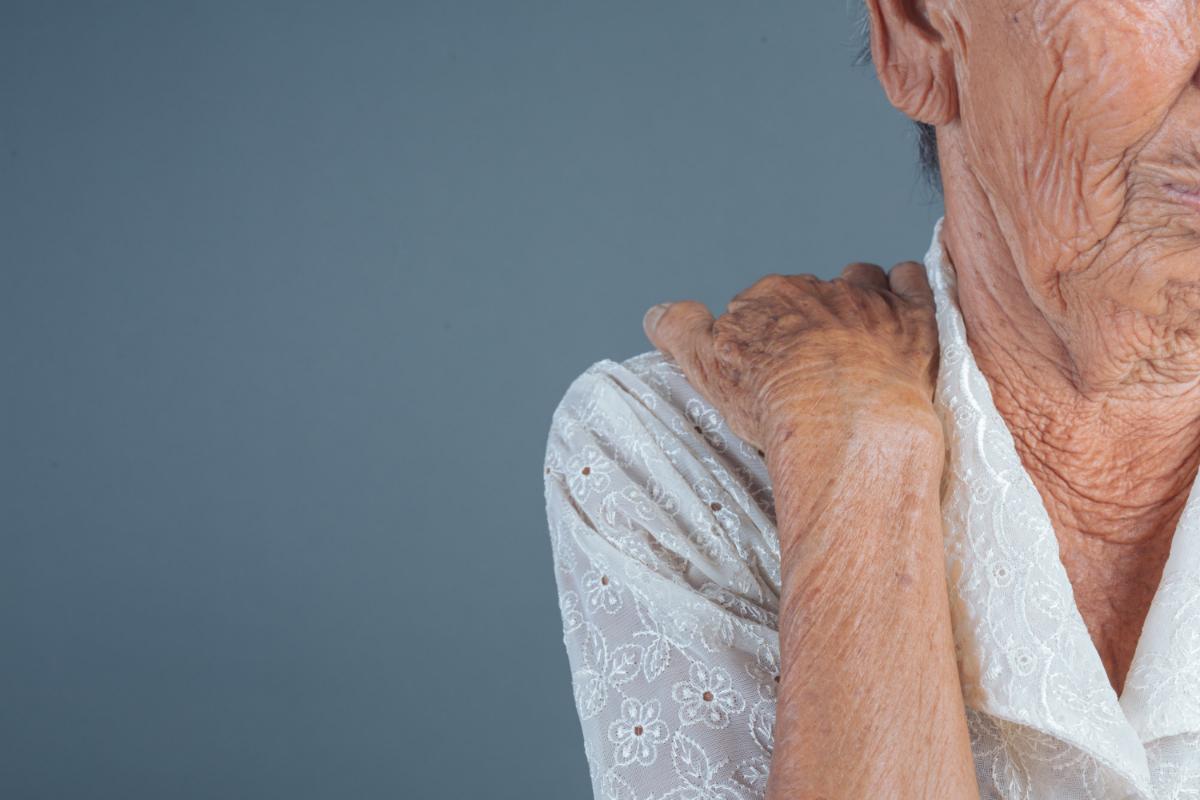
According to our orthopedic surgeon in Altamonte Springs, shoulder arthritis is inflammation of the shoulder joint. The inflammation induces pain and stiffness. In addition, it makes raising your arm painful.
The main joint in your shoulder is the "ball and socket" joint. It's where the "ball" of the humerus rests against the socket on the edge of your scapula. This joint is your glenohumeral joint.
Shoulder arthritis can also occur at a second joint in the shoulder where the clavicle encounters the acromion on the shoulder blade. This joint is the acromioclavicular or AC joint.
Over time, arthritis causes cartilage loss. Cartilage is the tissue covering your shoulder joint's humeral head and "socket." It allows your bones to glide within the joint. It also cushions your bones from impact.
In the final stage of shoulder arthritis, without defensive cartilage, bones in your joint rub straight against one another.
What shoulder arthritis feels like
If you encounter shoulder arthritis, you'll experience mild-to-severe pain and immobility in your shoulder. Over time, you'll detect a loss in the range of motion of your shoulder joint, particularly if the glenohumeral joint is affected.
You may experience pain when reaching overhead, lifting heavy objects, playing sports, or joining in a spectrum of arm movements. In addition, in late-stage disease, you may not be able to achieve simple everyday tasks without discomfort. These tasks include bathing, grooming, and writing or operating your computer.
Where in your shoulder is pain felt, and what might it suggest?
The site of your shoulder pain may help reveal which shoulder joint is involved.
- If you have pain at the side of your shoulder and your discomfort feels like it's deep in your joint, it probably involves the glenohumeral joint.
- If you sense pain at the top of your shoulder that occasionally travels to the side of your neck, it probably involves the acromioclavicular (AC) joint.
Who gets shoulder arthritis?
Shoulder arthritis:
- Is more typical in individuals over age 50.
- Occurs in younger people with rheumatoid arthritis or following shoulder trauma, like broken shoulder bones, shoulder dislocation, or infection.
What are the symptoms and signs of shoulder arthritis?
Signs of shoulder arthritis differ from person to person. Symptoms and signs include:
- Pain in the shoulder joint: This is the most typical symptom. At first, you may sense shoulder pain only during movement. Later in the illness process, you may sense pain at any time of the day, with or without movement. Your discomfort may deepen when you lift heavy things or after an activity. The pain may extend down your arm, elbow, or wrist if the arthritis is severe.
- Immobility and loss of range of motion: You may sense stiffness in the shoulder and forfeit range of motion. These signs may make daily tasks more difficult, such as dressing, driving, bathing, or accomplishing housework.
- Grating, clicking, popping, or cracking in the shoulder joint: Loss of cartilage, which leaves an unsmooth texture, causes these sounds. They occur with or without discomfort.
- Loss of sleep: Finding a comfy sleeping position can be challenging. Any shoulder motion may induce pain. If you rest on your back, put a pillow under your elbow on your affected side. This helps keep your shoulder in a supported position. It also removes the strain from all supporting joint structures. For some individuals, sleeping in a recliner can deliver pain relief at night.
We hope this helps you better understand shoulder arthritis. Contact us right away if you need an orthopedic surgeon in Altamonte Springs.